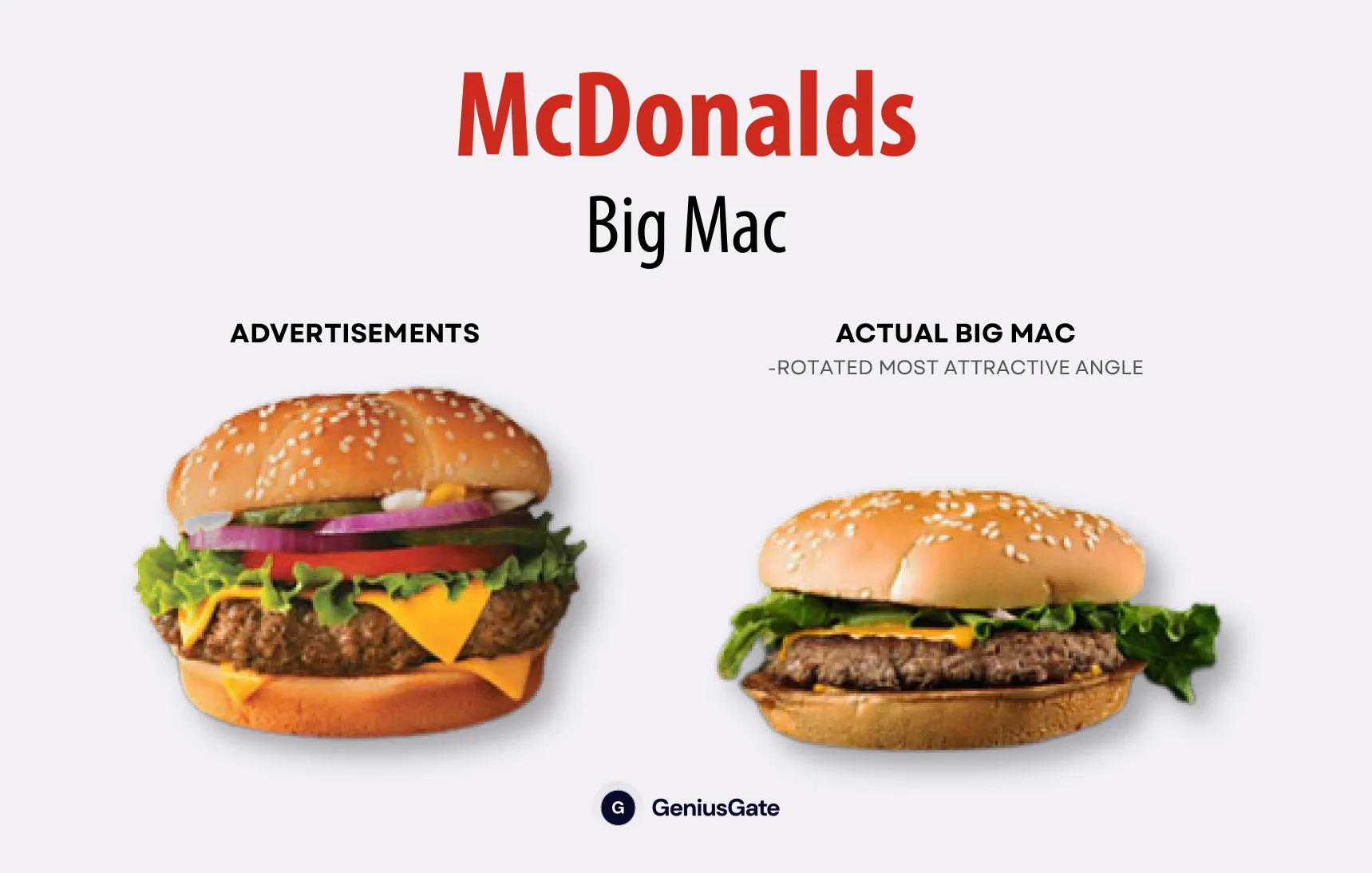“False advertising” is a term that often conjures images of exaggerated claims and misleading promotions. In a world where consumers are bombarded with advertisements at every turn, it’s crucial to understand the implications of false advertising examples and how it can affect purchasing decisions. This article will explore various examples of false advertising, the legal ramifications, and the ethical considerations that come into play.
Understanding False Advertising
False advertising refers to the practice of using misleading, false, or unproven information to promote products or services. This can include anything from exaggerated claims about a product’s effectiveness to outright lies about its ingredients. The primary goal of false advertising is to entice consumers into making a purchase based on misleading information.
The implications of false advertising extend beyond just consumer deception; they can also lead to significant legal consequences for companies. Regulatory bodies, such as the Federal Trade Commission (FTC) in the United States, have strict guidelines in place to protect consumers from misleading advertisements. Companies found guilty of false advertising can face hefty fines, lawsuits, and damage to their reputation.
The Impact of False Advertising on Consumers
False advertising can have a profound impact on consumers, often leading to financial loss and disappointment. When consumers purchase a product based on misleading claims, they may find that the product does not perform as advertised. This can lead to feelings of betrayal and mistrust towards the brand, which can have long-lasting effects on customer loyalty.
Moreover, false advertising can create a ripple effect in the marketplace. When one company engages in deceptive practices, it can lead to a loss of trust in the entire industry. Consumers may become skeptical of all advertisements, making it difficult for honest companies to compete. This erosion of trust can ultimately harm the economy, as consumers become less willing to spend money on products and services.
Iconic Examples of False Advertising
Throughout history, there have been numerous high-profile cases of false advertising that have captured public attention. One of the most notorious examples is the case of Volkswagen’s “clean diesel” campaign. The company marketed its diesel vehicles as environmentally friendly, claiming they produced lower emissions than traditional gasoline engines. However, it was later revealed that Volkswagen had installed software in their cars that manipulated emissions tests, allowing them to pass while actually emitting far more pollutants than advertised. This scandal not only led to billions in fines but also severely damaged the company’s reputation.
Another classic example is the infamous “light” cigarette advertisements. For decades, tobacco companies marketed “light” cigarettes as a healthier alternative to regular cigarettes, suggesting that they were less harmful due to lower tar and nicotine levels. However, research has shown that these claims were misleading, as many smokers compensated for the lower levels by smoking more cigarettes or inhaling more deeply. This deceptive marketing contributed to the ongoing public health crisis related to smoking and led to numerous lawsuits against tobacco companies.
The Legal Framework Surrounding False Advertising
In many countries, there are laws and regulations in place to protect consumers from false advertising. In the United States, the FTC is responsible for enforcing truth-in-advertising laws. These laws require that advertisements be truthful, not misleading, and, when appropriate, backed by scientific evidence. Companies that violate these laws can face significant penalties, including fines and injunctions against future advertising.
In addition to federal regulations, many states have their own laws regarding false advertising. These laws can vary significantly, with some states having stricter guidelines than others. Consumers who believe they have been misled by false advertising may also have the option to pursue legal action against the offending company, seeking damages for their losses.
Ethical Considerations in Advertising
The ethical implications of false advertising extend beyond legal ramifications. Companies have a moral obligation to be honest and transparent in their marketing practices. Misleading consumers not only harms individual customers but can also damage the overall integrity of the marketplace.
Ethical advertising practices promote trust and transparency, which are essential for building long-term relationships with consumers. Companies that prioritize ethical marketing are more likely to foster customer loyalty and positive brand perception. In contrast, those that engage in false advertising risk alienating their customer base and facing backlash from the public.
The Role of Social Media in False Advertising
In today’s digital age, social media has become a powerful tool for advertising. However, it has also created new challenges in the realm of false advertising. With the rise of influencers and sponsored content, it can be difficult for consumers to discern between genuine recommendations and paid promotions.
Many influencers have faced scrutiny for promoting products without disclosing their financial ties to the brands. This lack of transparency can lead to false advertising claims, as consumers may believe they are receiving unbiased opinions. As a result, regulatory bodies have begun to crack down on influencers who fail to disclose sponsored content, emphasizing the importance of honesty in advertising.
Consumer Awareness and Protection
As consumers, it’s essential to be aware of the potential for false advertising and to take steps to protect ourselves. One of the most effective ways to do this is by conducting thorough research before making a purchase. Reading reviews, checking for third-party certifications, and seeking out unbiased information can help consumers make informed decisions.
Additionally, consumers should be vigilant about reporting false advertising when they encounter it. Many regulatory bodies have mechanisms in place for consumers to file complaints about misleading advertisements. By holding companies accountable for their marketing practices, consumers can help promote a more honest and transparent marketplace.
The Future of Advertising: Trends and Predictions
As technology continues to evolve, so too will the landscape of advertising. With the rise of artificial intelligence and data analytics, companies are now able to target consumers more effectively than ever before. However, this increased targeting also raises ethical questions about privacy and consent.
In the future, we may see a shift towards more transparent advertising practices, as consumers demand greater accountability from brands. Companies that prioritize honesty and integrity in their marketing efforts are likely to thrive, while those that engage in false advertising may find themselves facing increasing scrutiny and backlash.
Conclusion: The Importance of Honesty in Advertising
False advertising is a pervasive issue that affects consumers and companies alike. By understanding the implications of misleading marketing practices, we can better protect ourselves and promote a more ethical marketplace. As consumers, it’s essential to remain vigilant and informed, while companies must prioritize honesty and transparency in their advertising efforts.
In a world where trust is paramount, the importance of ethical advertising cannot be overstated. By fostering a culture of honesty and accountability, we can create a marketplace that benefits everyone. Whether you’re a consumer or a business owner, the message is clear: honesty is the best policy.




